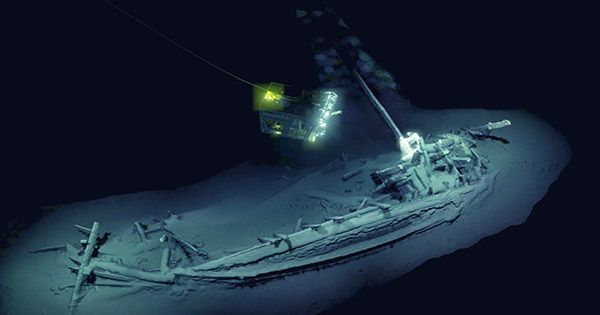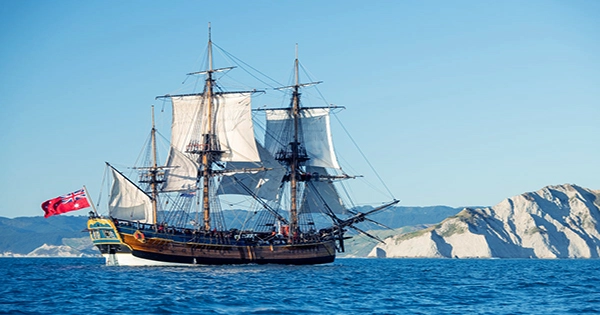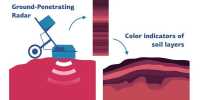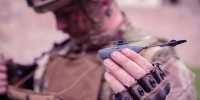In the field of marine archaeology, there’s a lot of drama going on. The wreck of HMS Endeavour, the first European ship to reach what is now Australia and New Zealand, has been discovered, according to the Australian National Maritime Museum (ANMM). “I am pleased that this is the last resting place of one of the most important and contested vessels in Australia’s maritime history,” Kevin Sumption, chief executive of ANMM, told reporters at a news conference in Sydney this morning.
The Rhode Island Marine Archeology Project (RIMAP), on the other hand, isn’t so convinced. It issued a reply, stating that the discovery of the shipwreck was “premature” and motivated by “Australian sentiments.” HMS Endeavour, under the command of British then-Lieutenant James Cook, arrived on Australia’s east coast in April 1770, marking the beginning of European settlement of Australasia and the South Pacific. The voyage began as a scientific journey to Tahiti to observe Venus’ transit across the Sun in 1769, but it soon became a “secret mission” to find and acquire new lands for the British Empire.

On the far side of the globe, the ship came to an end. The ship was utilized as a British troop transport during the American War of Independence after being privately sold and changing hands a few times. It was sunk by the British in 1778, along with four other ships, in Newport Harbor, Rhode Island, however the exact spot of its end has long been a mystery. The ANMM now says that the shipwreck has been discovered after centuries of obscurity. Archaeologists discovered the ruins of five ships in Newport Harbor as part of a 22-year-long project. The wrecks have precise cutting holes in their hulls, indicating they were purposely scuttled, as records reveal.
The ANMM crew believes they may have identified the wreckage of Endeavour based on the size of one of the wrecks, known as RI 2394, located around 500 meters off the shore and 14 meters deep. “On this site, there is nothing that screams Endeavour.” We’ll never come across a sign that says, “Cook was here.” In a statement, Kieran Hosty, an ANMM marine archaeologist, said, “We will never see a ship’s bell with Endeavour crossed out and Lord Sandwich inscribed on it.”
“Where we’ve got a whole sequence of facts that tie together Endeavour, we call on the ‘preponderance of evidence.'” So far, we’ve identified a lot of things that indicate it’s the Endeavour, and nothing on the site that indicates it isn’t.” This finding is not shared by RIMAP, which worked on the project as well. D. K. Abbass, RIMAP’s executive director, claims the ANMM is being too hasty with its assumptions, claiming there is currently “no indisputable data found to prove the site is that iconic vessel,” and that the announcement violated a contract between the two institutes on how they conducted and shared their research.
“RIMAP recognizes the link between Australians of British ancestry and the Endeavour,” Abbas said. “However, RIMAP’s judgments will be guided by correct scientific process, not by Australian emotions or politics.” The ANMM has responded to RIMAP with a statement that they intend to publish a peer-reviewed report on their results.
“I’m confident it’s the Endeavour based on archival and archaeological evidence,” Sumption remarked flatly at the press briefing. “Despite the fact that just about 15% of the vessel remains, the focus now is on how to safeguard and preserve it.” Despite the presence of Indigenous people, Captain Cook made landing in the Endeavor at Botany Bay in what is now Sydney and claimed the region for the British crown. For nearly 250 years, the ship has been a source of controversy, and it shows no signs of abating.
















